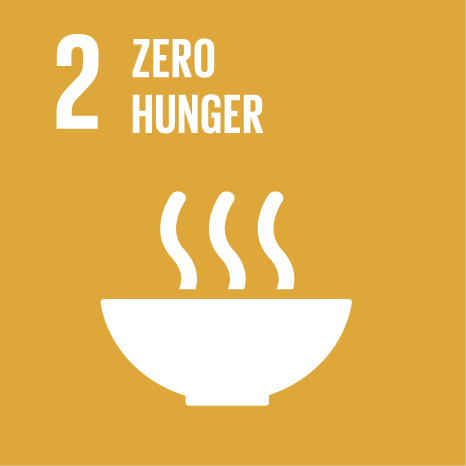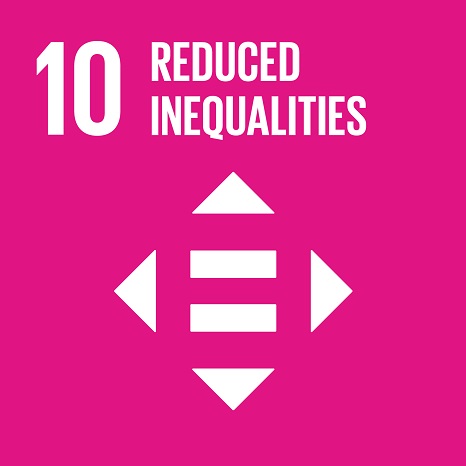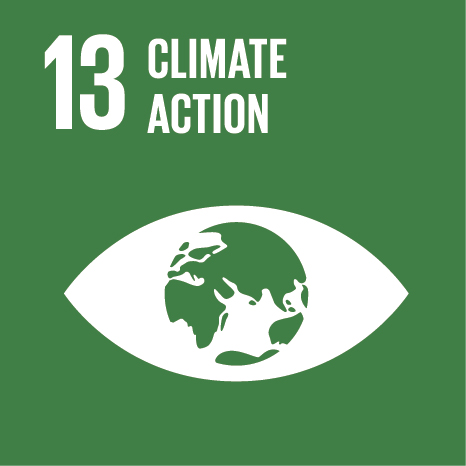Ciência_Iscte
Publications
Publication Detailed Description
Journal Title
Land
Year (definitive publication)
2021
Language
English
Country
Switzerland
More Information
Web of Science®
Scopus
Google Scholar
Abstract
Hyperarid, arid, semiarid, and dry subhumid areas cover approximately 41% of the global land area. The human population in drylands, currently estimated at 2.7 billion, faces limited access to sufficient, affordable, and nutritious food. We discuss the interlinkages among water security, environmental security, energy security, economic security, health security, and food security governance, and how they affect food security in drylands. Reliable and adequate water supply, and the prevention of water contamination, increase the potential for ample food, fodder, and fiber production. Protecting woodlands and rangelands increases food security by buffering the slow onset effects of climate change, including biodiversity loss, desertification, salinization, and land degradation. The protection of natural lands is expected to decrease environmental contamination, and simultaneously, reduce the transfer of diseases from wildlife to humans. Biofuel production and hydroelectric power plants increase energy security but generate land-use conflicts, deforestation, and ecosystem degradation. Economic security generally positively correlates with food security. However, economic growth often degrades the environment, changes tenure rights over natural resources, and stimulates migration to urban areas, resulting in lower food and health security. Moreover, civil unrest, political instability, and armed conflicts disrupt local economies in drylands. Maintaining food security is crucial for health security; conversely, malnourished populations and unresponsive health systems decrease economic security, and adversely affect environmental, energy, and food security. Climate change is expected to deteriorate health security by spreading vector-borne diseases. Effective governance and timely interventions can substantially shorten periods of food insecurity, lower their intensities, and accelerate recovery from inevitable crises, and are therefore crucial in preventing humanitarian crises. Since global drylands population will nearly double by 2050, and since drylands are among the most susceptible areas to climate change, integrated multi-hazard approaches to food security are needed.
Acknowledgements
--
Keywords
Climatic change,Land-use and management,Loss and damage,Natural vs. anthropogenic factors,Population growth and urbanization,Slow onset events
Fields of Science and Technology Classification
- Earth and related Environmental Sciences - Natural Sciences
Funding Records
| Funding Reference | Funding Entity |
|---|---|
| EU COST Action 16233 | Comissão Europeia |
| UIDB/03122/2020 | Fundação para a Ciência e a Tecnologia |
Contributions to the Sustainable Development Goals of the United Nations
With the objective to increase the research activity directed towards the achievement of the United Nations 2030 Sustainable Development Goals, the possibility of associating scientific publications with the Sustainable Development Goals is now available in Ciência_Iscte. These are the Sustainable Development Goals identified by the author(s) for this publication. For more detailed information on the Sustainable Development Goals, click here.

 Português
Português




